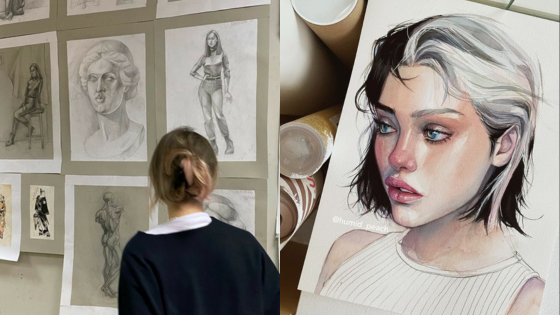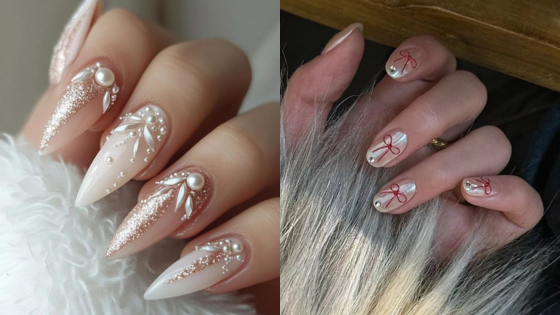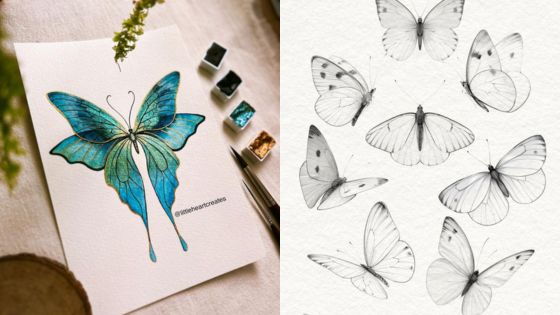Character design is an essential aspect of storytelling that brings your ideas to life. Exploring unique character design drawing ideas can significantly enhance your artistic skills and creativity. Whether you’re a beginner or an experienced artist, having a variety of concepts at your disposal will keep your designs fresh and engaging.
From understanding the fundamentals of shapes and proportions to experimenting with different styles and genres, character design allows you to express concepts visually. This post will guide you through practical techniques and thought-provoking prompts that can inspire your next masterpiece, ensuring you have the tools needed to create captivating characters.
By the end of this article, you will have gained valuable insights into character creation that can elevate your work. Engaging with these drawing ideas will not only strengthen your skills but also unlock a new realm of artistic possibilities.
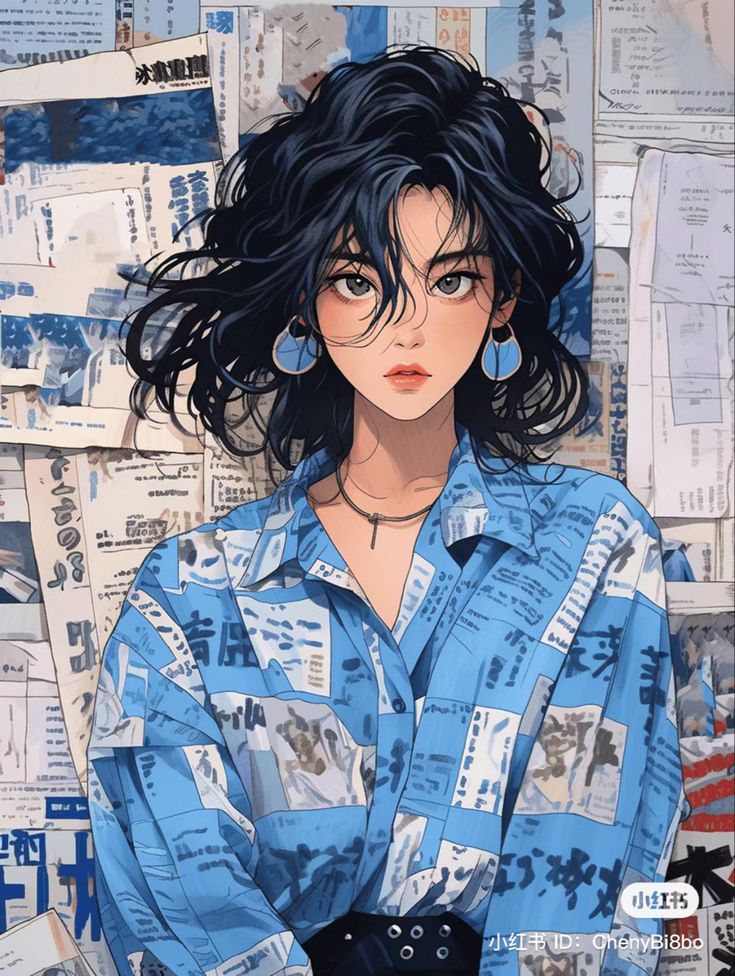
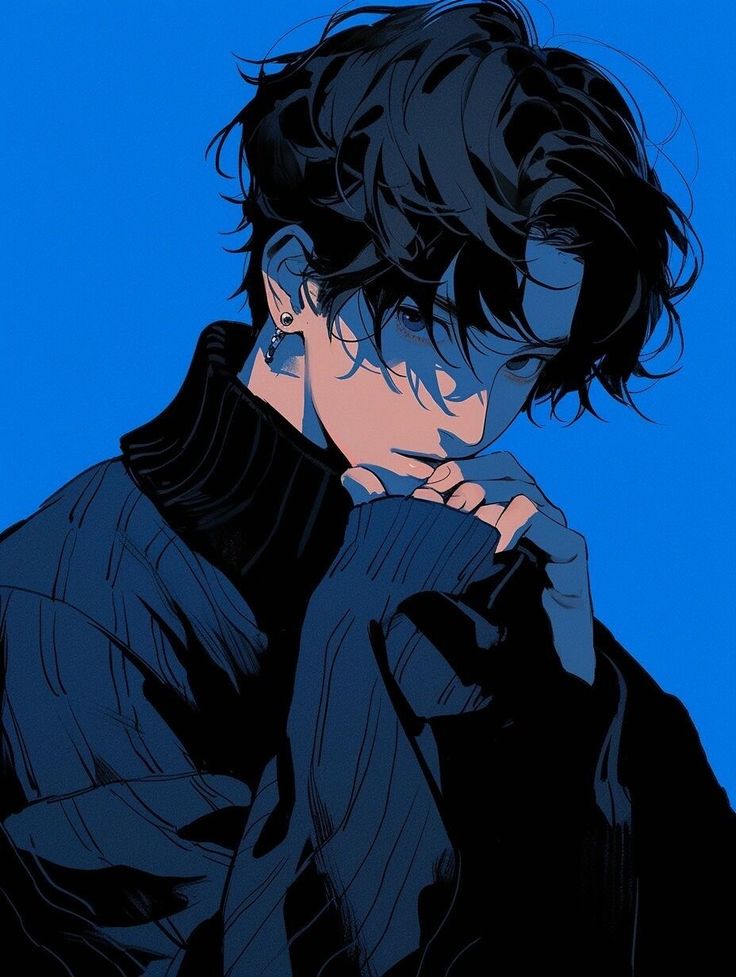
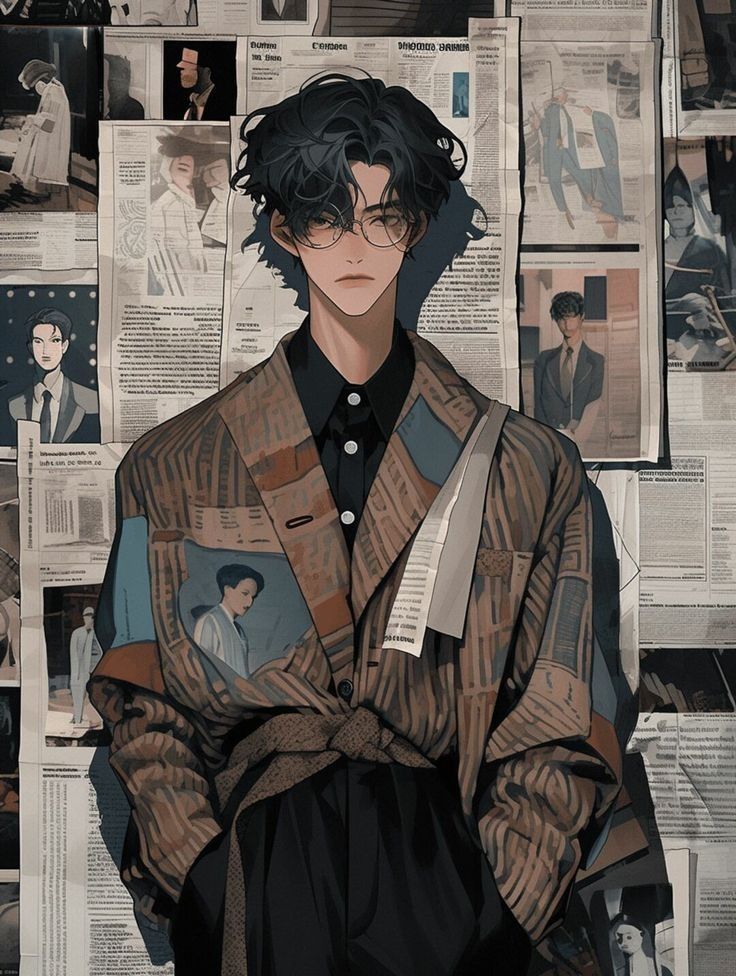
Key Takeaways
- Explore various artistic techniques to enhance your characters.
- Understand the fundamentals to create well-rounded designs.
- Experiment with different styles for diverse character representation.
Fundamentals of Character Design
Character design involves both thematic elements and visual components that create a memorable figure. Focusing on the roles characters play and the core design principles will enhance your skills and understanding.
Understanding Character Roles
Every character serves a specific purpose within a story. Identifying their role helps to inform design choices. Characters can be classified as protagonists, antagonists, sidekicks, or mentors, among other roles.
Each role influences traits such as clothing, colors, and expressions. For example, a hero might wear bright colors and strong silhouettes, while a villain could adopt darker tones and sharp angles.
Developing backstories and motivations deepens character design. You should ask questions about their history and goals. This exploration enhances visual representation, making your characters more relatable and authentic.
Design Principles
To create effective character designs, adhere to fundamental design principles. Silhouette is crucial; a strong, recognizable shape helps readers immediately identify the character.
Color also plays a significant role in conveying personality traits. For instance, warm colors like red and yellow often evoke energy and friendliness, while cool colors like blue and green can suggest calmness or mystery.
Consider proportions and exaggeration for unique features. Experiment with oversized heads or limbs to emphasize qualities, making characters memorable.
Lastly, focus on expression and posture. These elements communicate emotions and attitudes effectively. Crafting dynamic poses and facial expressions will bring your characters to life.
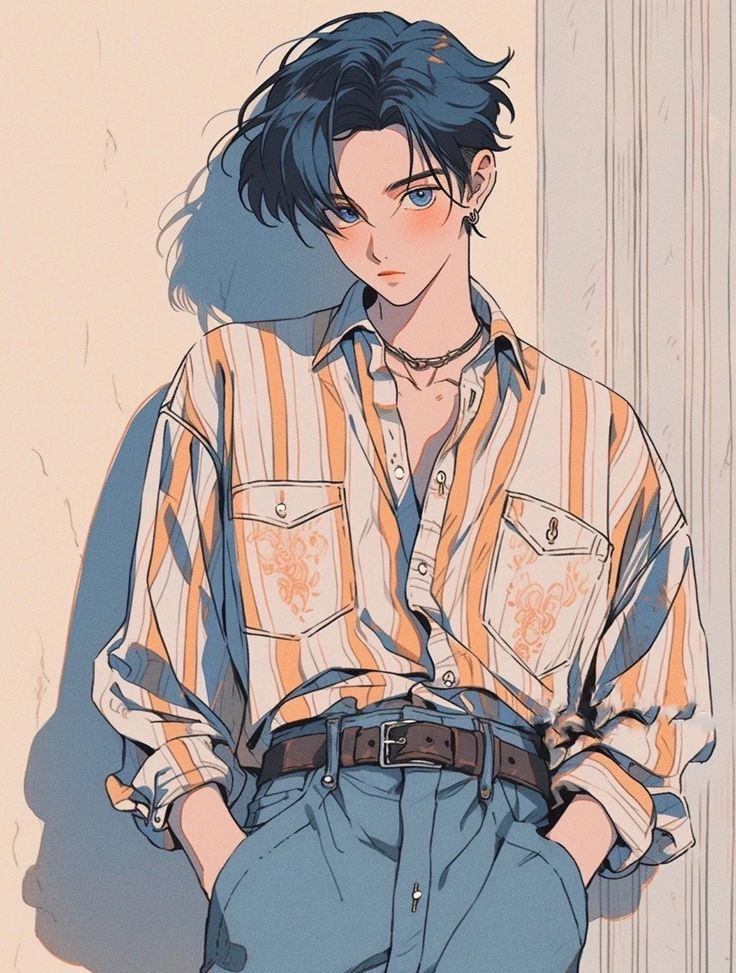
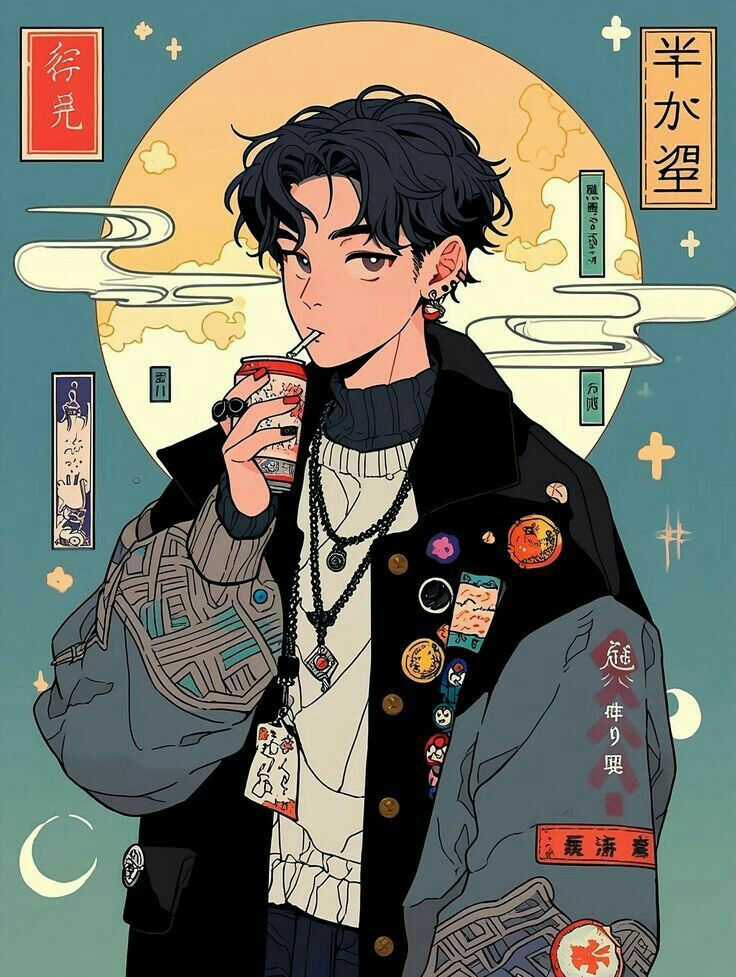
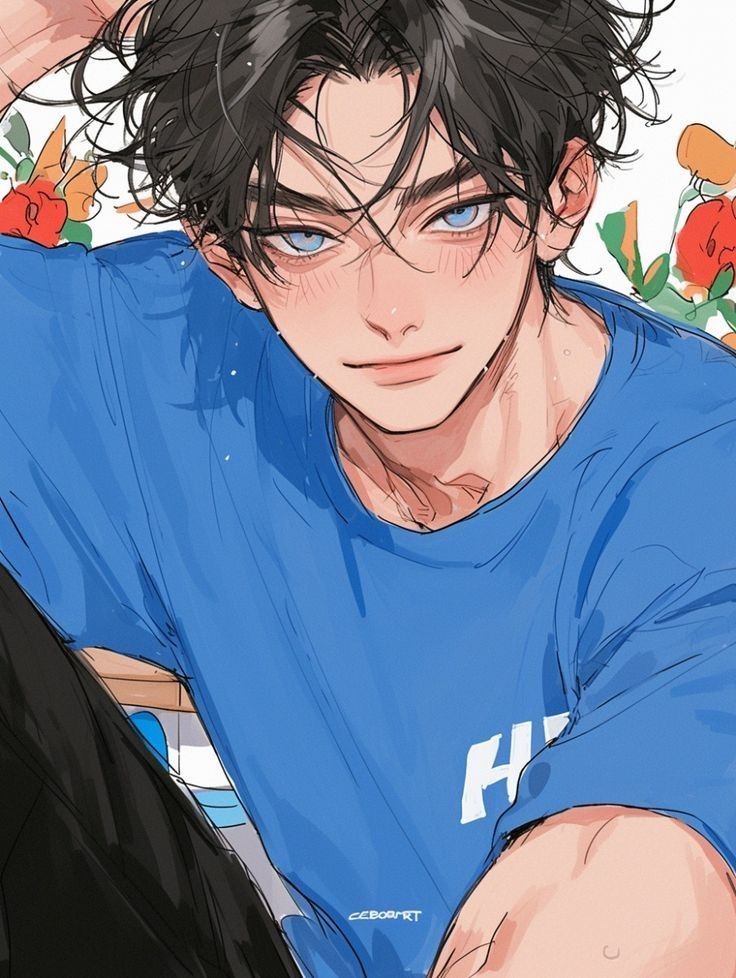
Artistic Techniques for Character Creation
Creating compelling characters requires a solid foundation in various artistic techniques. You will benefit from mastering sketching basics, understanding anatomy and proportion, and honing facial expressions and details. Each of these elements contributes significantly to character design.
Sketching Basics
Begin with loose sketches to capture the essence of your character. Use simple shapes—circles, squares, and triangles—to establish the basic form. This technique allows you to focus on proportions without getting bogged down by details.
Incorporate guidelines to map out the character’s posture and movement. These lines help maintain balance and dynamism in your designs. Remember to experiment with different poses to find the one that best reflects your character’s personality.
Regularly practice sketching from reference materials or life to develop your skills. This will enhance your understanding of form, line, and space, leading to more dynamic and believable characters.
Anatomy and Proportion
Understanding human anatomy is crucial for realistic character designs. Study the basic skeletal structure and musculature to get a sense of how bodies move and interact. Pay attention to common proportions, such as the head being about one-eighth of the total height.
Different styles may adjust these proportions for effect, such as exaggerating features for stylized characters. Familiarize yourself with different body types to provide more diversity in your character design.
Utilize anatomy references, both photographic and illustrative. These resources serve as guides to ensure your characters feel grounded in reality while allowing you to indulge in creative expression.
Facial Expressions and Details
Facial expressions convey emotions and personality, making them essential in character design. Study how subtle changes in facial features can alter expressions—eyebrows, mouth shape, and eye positioning all play roles in storytelling.
Practice drawing various expressions, from surprise and joy to anger and sadness. This will help you capture the nuances of emotion in your characters.
Incorporate small details, such as scars, freckles, or unique hairstyles, to add depth and individuality. These elements make your character memorable and relatable to the audience.
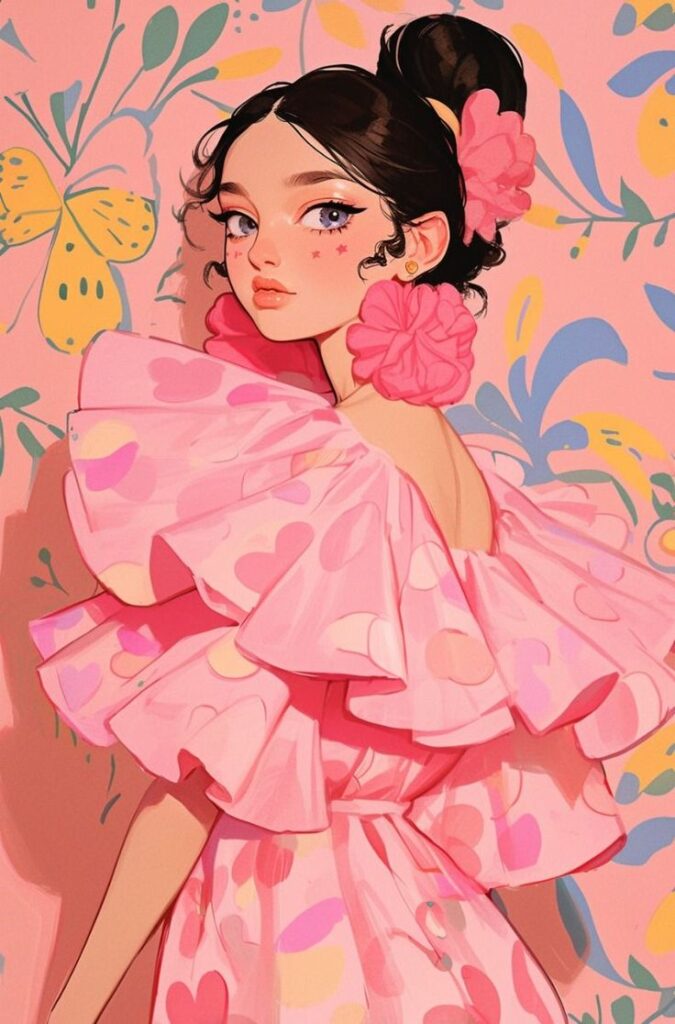
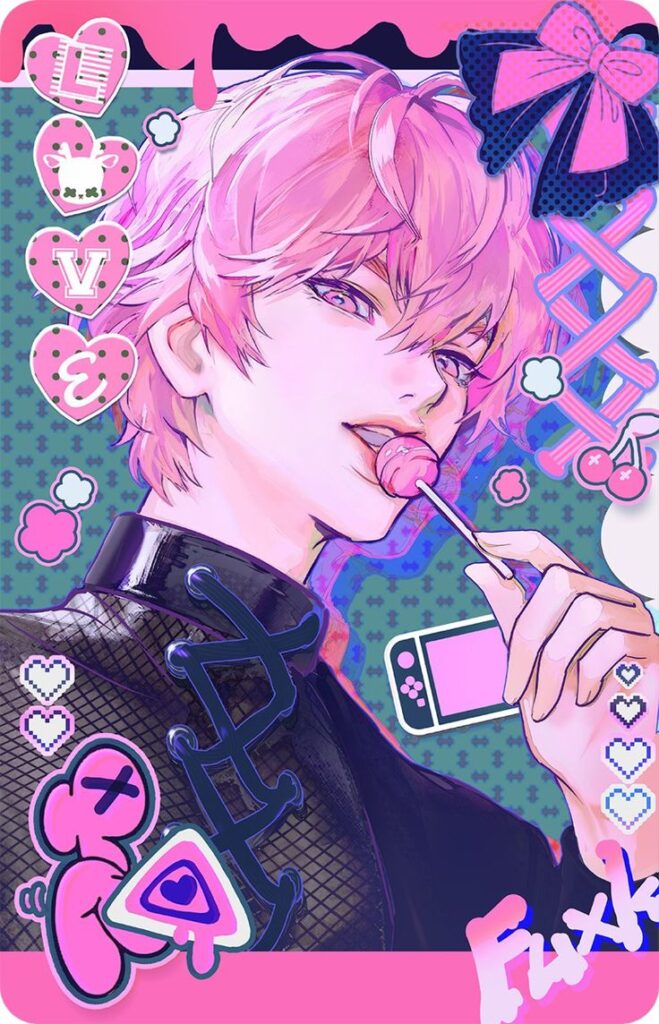
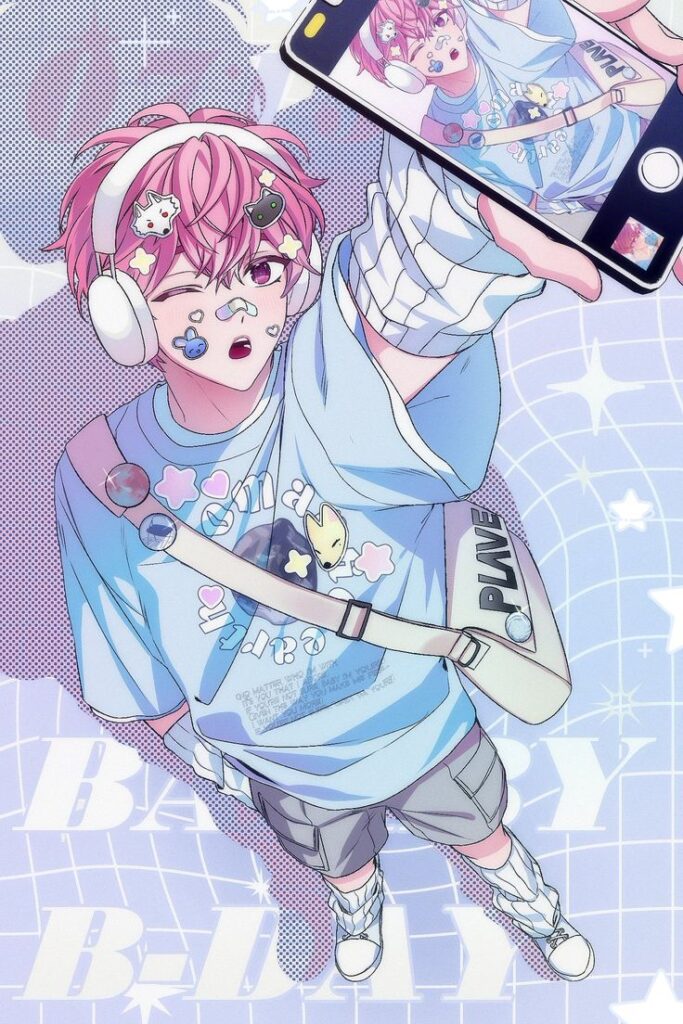
Bringing Characters to Life
To create compelling characters, focus on their personality, backstory, color choices, and attire. Each aspect plays a crucial role in how your audience connects with and understands your character.
Personality and Backstory
Your character’s personality shapes their actions and choices. Consider traits like kindness, ambition, or stubbornness. Each trait influences how they interact with others and respond to challenges.
Their backstory provides context. It includes upbringing, significant life events, and relationships. For example, a character who faced adversity may display resilience and determination.
Create a character profile that includes:
- Name
- Age
- Occupation
- Key Life Events
- Motivations
This helps ensure depth and relatability, making your character feel real.
Want to add even more layers to your character? Try exploring personality types with tools like the Enneagram to help define their inner conflicts, strengths, and story arcs.
Color Theory in Character Design
Color isn’t just aesthetic; it conveys emotions and traits. Understand color psychology to enhance your character’s design.
- Warm colors (red, orange): Passion, excitement
- Cool colors (blue, green): Calm, trustworthiness
- Neutral colors (black, white, gray): Seriousness, simplicity
Choose colors that reflect the character’s personality. A hero might wear bright, bold colors, while an antagonist could favor darker shades.
Contrast between character designs also creates visual interest. Utilize complementary colors to make key features stand out and draw attention.
Costume and Accessories
Costume and accessories define a character’s identity and reinforce personality traits. Think about clothing styles that align with their background and role.
For a futuristic character, incorporate metallic elements and sleek designs. A historical figure may wear period-specific attire.
Accessories provide additional detail. Items like jewelry, weapons, or tech gadgets add layers. A worn-out book might hint at a character’s love for knowledge, while an intricate pendant may signify status.
Consider creating a mood board for visual inspiration. Include:
- Fabric swatches
- Color palettes
- Accessory ideas
This aids in visualizing cohesive character designs.
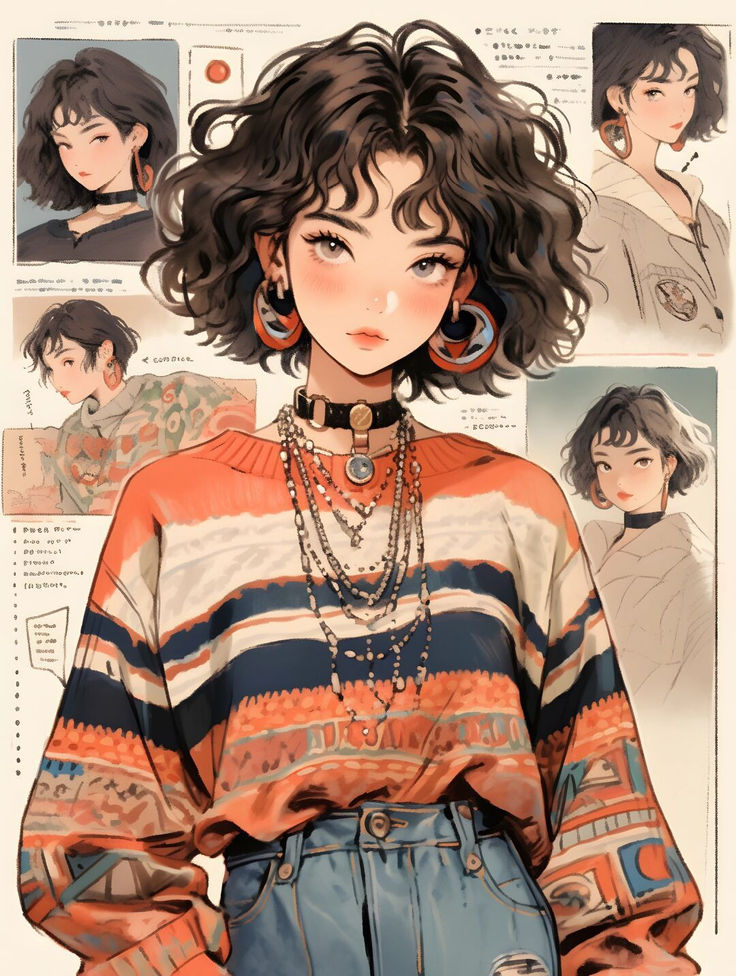
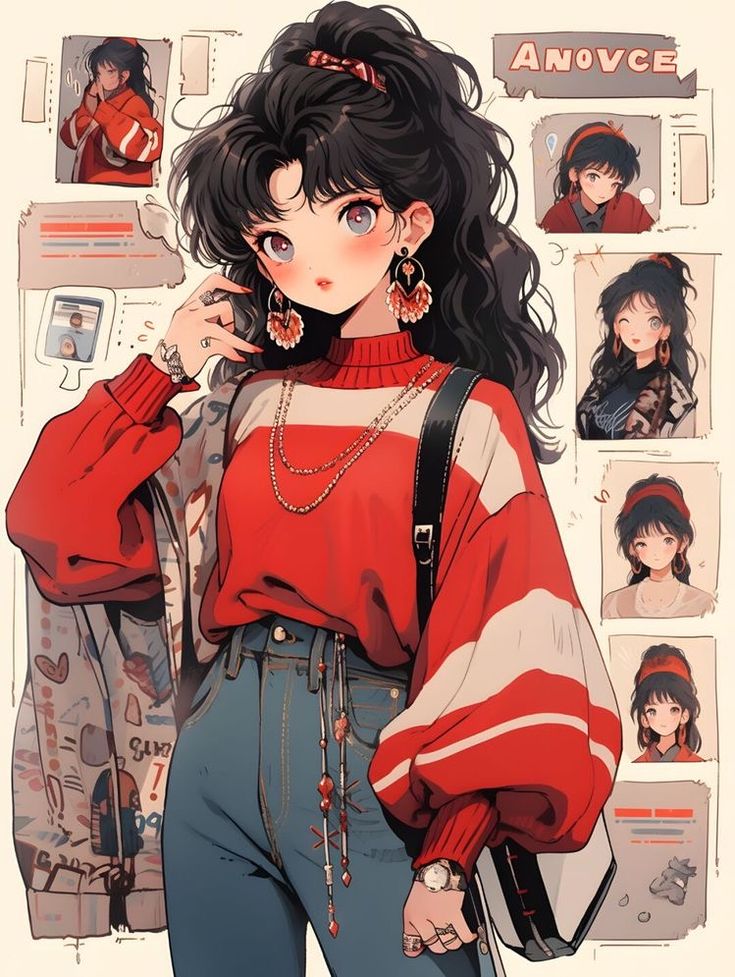
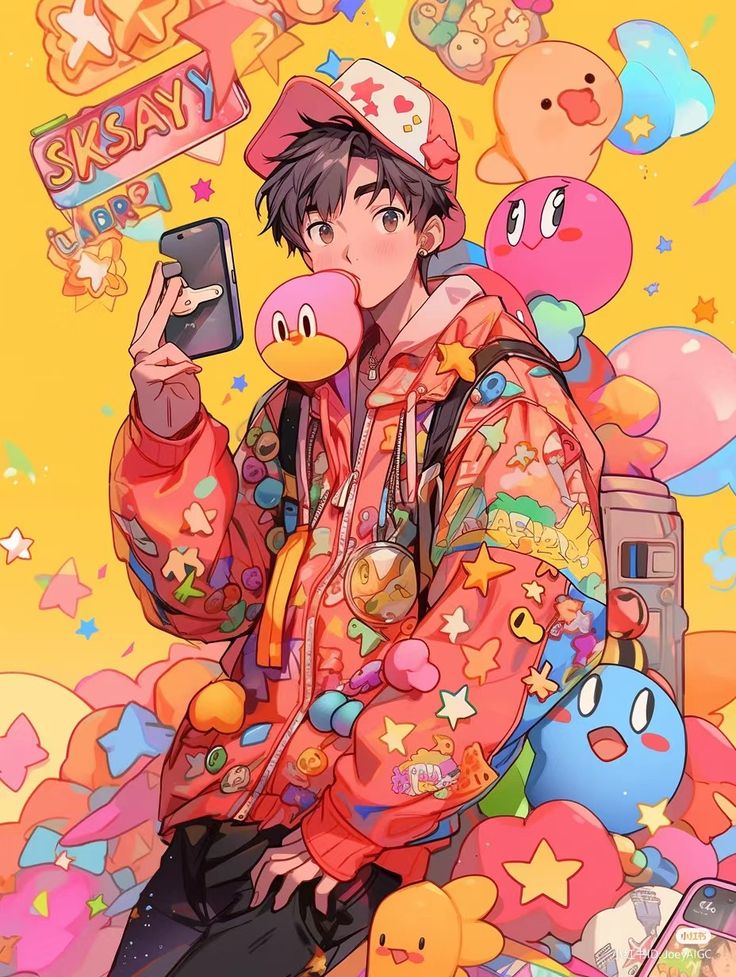
Character Design Genres and Styles
Character design encompasses various genres and styles, each bringing unique elements that influence the visual and emotional impact of characters. Exploring these diverse categories helps in creating compelling and memorable figures.
Fantasy Characters
When designing fantasy characters, focus on imaginative elements. These characters often feature mythical creatures, unique abilities, and extravagant costumes.
Consider traits like:
- Magical powers: Wielding spells or enchanted items.
- Distinctive races: Elves, dwarves, or dragons, each with their own aesthetics.
- Nature-inspired features: Antlers for forest dwellers or scales for aquatic beings.
Utilizing vibrant colors and fantastical designs can evoke a sense of wonder. Silhouettes should be striking, setting your characters apart in a magical realm.
Sci-Fi and Futuristic Designs
Sci-fi character design leans heavily on technology and innovation. Think about advanced weaponry, striking outfits, and alien species. Elements that enhance the sci-fi theme include:
- Futuristic materials: Metallic surfaces, glowing accents, or armor.
- Tech gadgets: Cybernetic limbs or high-tech visors.
- Non-human features: Unique skin tones, modified features, or unusual proportions.
A strong emphasis on form and function in these designs can create a believable futuristic atmosphere. You may want to play with asymmetry and contrasting colors to enhance the visual dynamics.
Cartoon and Anime Styles
Cartoon and anime designs prioritize expressiveness and exaggeration. Characteristics are often simplified but can communicate strong emotions and personalities. Key aspects include:
- Exaggerated facial expressions: Large eyes and oversized features to convey emotion.
- Dynamic poses: Capturing characters in action to enhance relatability.
- Bold color palettes: Vibrant colors for immediate visual impact.
These styles often rely on visual cues to express themes, whether humor, adventure, or drama. Balancing simplicity with a distinct visual style can resonate with diverse audiences.
- 219shares
- Facebook0
- Pinterest219
- Twitter0
